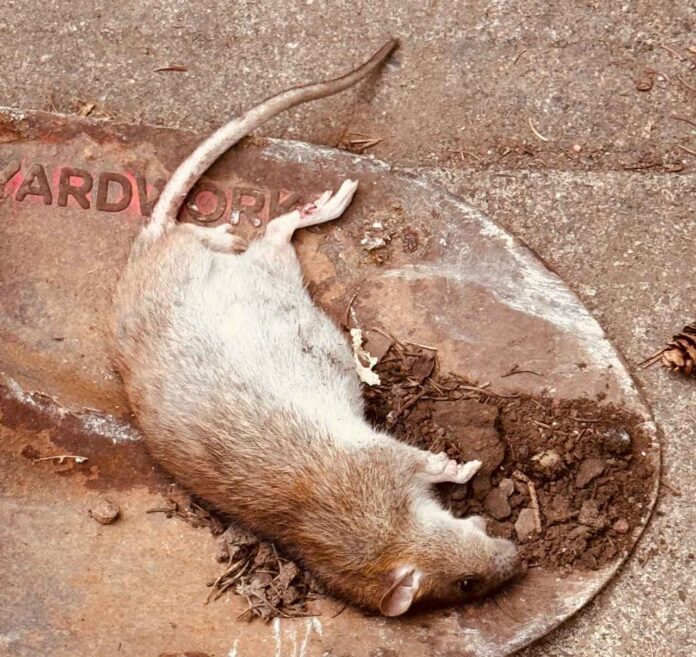The Growing Problem of Rats in Urban Areas
Thunder Bay, like many urban and semi-rural areas in Canada, has seen an increase in rodent activity. Warmer winters and human activity provide ample food sources and shelter, attracting rats to neighborhoods. Rodent infestations are not just unsightly but can also pose health risks, as rats carry diseases and parasites. Rat-proofing your home and yard is a proactive measure to prevent the nuisance and dangers posed by these pests.
How to Identify Signs of Rat Activity
Recognizing early signs of a rat infestation is crucial for prompt action. Look for the following:
- Droppings: Dark, pellet-shaped droppings found near food sources, under sinks, or in the attic.
- Gnaw Marks: Rats chew on wood, electrical wiring, and food containers. Look for fresh gnawing, which often appears rougher than old marks.
- Noises: Scratching sounds in walls or ceilings, especially at night.
- Nests: Rats build nests in hidden places using shredded materials like paper, insulation, or fabric.
- Grease Marks: As rats move along walls or through holes, they leave behind dark smudges from the oil on their fur.
Once these signs are identified, immediate measures should be taken to prevent the infestation from worsening.
Essential Steps to Rat-Proof Your Home
Here are practical steps to keep rats out of your house:
- Seal Entry Points:
Inspect your home for any gaps or holes in walls, foundation, and around windows or doors. Rats can squeeze through openings as small as a dime, so seal cracks and install door sweeps on all exterior doors. - Secure Food Sources:
Keep food in sealed containers, and clean up food spills promptly. Regularly take out the trash and ensure garbage cans are tightly sealed. - Declutter Indoors:
Rats thrive in cluttered environments where they can hide. Regularly declutter attics, basements, and storage areas to limit potential nesting sites. - Rodent-Proof Your Plumbing:
Install metal mesh covers on drains and pipes to prevent rats from entering through the plumbing system.
Creating a Rat-Resistant Yard
Rats can be attracted to your yard by food and shelter. Follow these tips to minimize their appeal:
- Eliminate Outdoor Food Sources:
- Pick up fallen fruit from trees and dispose of pet food left outside.
- Avoid bird feeders that spill seeds, which attract rats. Instead, opt for feeders designed to minimize waste.
- Properly Store Firewood:
Store firewood at least 18 inches off the ground and 4 feet away from your house. Piles of wood or debris make excellent hiding spots for rodents. - Trim Overgrown Vegetation:
Keep bushes, trees, and shrubs well-trimmed, especially near your home. Overgrown vegetation provides rats with shelter and allows them to enter your home undetected. - Use Rat-Proof Composting Techniques:
Compost bins can attract rats, so use sealed containers, and avoid adding food scraps like meat or dairy to your compost pile.
Long-Term Prevention and Maintenance Tips
Maintaining a clean, clutter-free environment is key to long-term rat control. Regularly check your home and yard for potential issues, especially during fall and winter when rats seek warmth indoors. Use repellents such as peppermint oil around common entry points, as rats dislike strong smells. Regular cleaning, proper food storage, and routine yard maintenance will keep your home and garden less attractive to rodents.
When to Call Professional Help
If rats have already established themselves in your home, or if an infestation is too large to handle, it’s time to call a pest control professional. Local experts in Thunder Bay, such as Spark Pest Control, can assess the situation, provide tailored solutions, and ensure the problem is dealt with effectively. Professional rat-proofing services can also identify and seal entry points you might miss.







